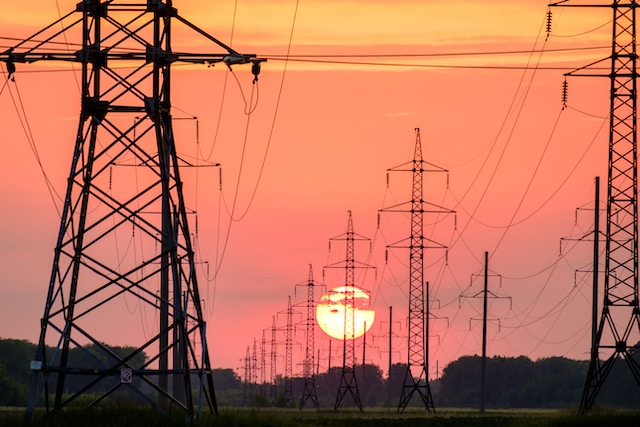Cybersecurity: Critical Infrastructure Protection: A Reading
This week I had a reading on critical infrastructure policy across the world. While there is a recognition of the importance of critical infrastructure, different countries have taken different approaches to tackle the complexities in this domain. The following is a summary of my readings.
Critical infrastructure is a term used to describe assets that are essential to the functioning of a country or region. These assets can include things like power plants, water systems, telecommunications networks, and transportation systems.
The protection of critical infrastructure is a complex issue, and there is no one-size-fits-all solution. The challenges involved in protecting critical infrastructure vary from country to country, and even within countries, there can be significant differences in the way that critical infrastructure is regulated.
In the United States, the Department of Homeland Security (DHS) is responsible for coordinating the national effort to protect critical infrastructure. The DHS has developed a number of programs and initiatives to help protect critical infrastructure, including the National Infrastructure Protection Plan (NIPP) and the Cybersecurity and Infrastructure Security Agency (CISA).
The NIPP is a comprehensive plan that outlines the nation’s approach to critical infrastructure protection. The NIPP identifies 16 critical infrastructure sectors, and it sets forth a number of goals and objectives for protecting these sectors.
CISA is a federal agency that is responsible for providing cybersecurity and infrastructure security support to the nation. CISA works with the private sector to help protect critical infrastructure from cyberattacks.
In Europe, the European Union (EU) has also taken steps to protect critical infrastructure. The EU has adopted a number of directives and regulations that are designed to improve the security of critical infrastructure.
One of the most important EU directives is the Network and Information Security (NIS) Directive. The NIS Directive requires member states to designate critical infrastructure operators and to put in place measures to improve the security of these operators.
The NIS Directive also requires member states to cooperate with each other on critical infrastructure protection. This cooperation includes sharing information about threats and vulnerabilities, and coordinating responses to incidents.
The protection of critical infrastructure is a complex and challenging issue. There is no one-size-fits-all solution, and the challenges involved in protecting critical infrastructure vary from country to country. However, the United States and the European Union have taken steps to improve the security of critical infrastructure, and they continue to work together to address this important issue.
One of the complexities of critical infrastructure regulation is that it is often difficult to determine what assets should be considered critical. In the United States, for example, the Department of Homeland Security has identified 16 critical infrastructure sectors, but there is no definitive list of what assets fall within each sector. This can make it difficult for businesses and organizations to know which regulations apply to them.
Another complexity is that critical infrastructure regulation is often fragmented across different government agencies. In the United States, for example, the Department of Homeland Security is responsible for coordinating the national effort to protect critical infrastructure, but there are also a number of other agencies that have responsibilities in this area, such as the Department of Energy, the Department of Transportation, and the Department of Defense. This fragmentation can make it difficult to develop and implement a comprehensive approach to critical infrastructure protection.
Finally, critical infrastructure regulation is constantly evolving as new threats and vulnerabilities emerge. In recent years, there has been a growing focus on the threat of cyberattacks, and governments around the world have been working to develop new regulations to address this threat. However, the threat landscape is constantly changing, and it can be difficult for governments to keep up with the latest threats.
Despite the complexities involved, critical infrastructure regulation is an important issue that needs to be addressed. It is an area that requires governments, businesses, and organizations to work together.





